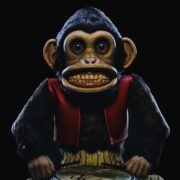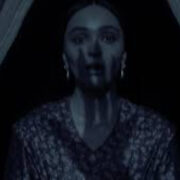Film Inquiry Recommends: The Cinema Of Paul Schrader
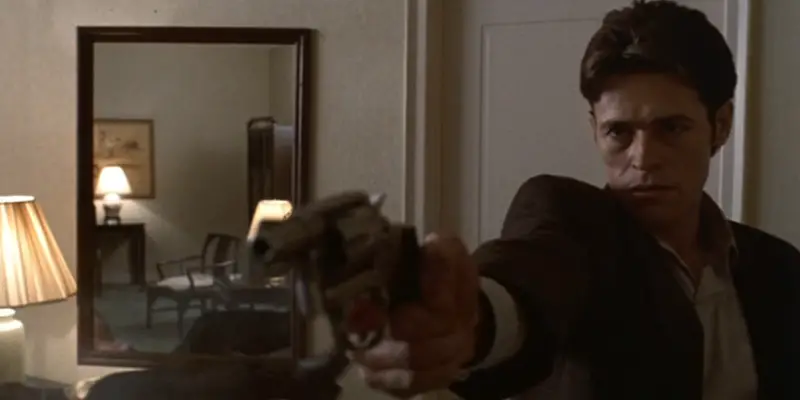
Alex is a 28 year-old West Australian who has a…
Over at our official Facebook page, we are currently posting daily film recommendations, with each week being a different theme. This is a collection of those recommendations! This week’s theme is the cinema of Paul Schrader, highlighting both his writing and directing talents.
Paul Schrader is a writer who will forever be known for penning the script to Martin Scorsese’s masterpiece Taxi Driver. The success of Taxi Driver (even though he received no Oscar nomination for it) allowed Schrader to advance into a career of writing and directing, creating a taut filmography filled with gritty, subversive thrillers. Whilst Schrader is still directing films today (Dog Eat Dog, his sixth collaboration with Willem Dafoe is due later on this year), we wanted to look back at some of Schrader’s work in writing and directing from the past forty years, some of which has become incredibly underrated.
1. Blue Collar (1978, Paul Schrader)
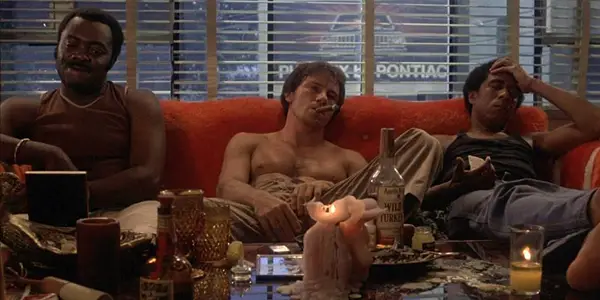
Paul Schrader, most famous for writing the screenplay for Taxi Driver, broke out into directing after its success, where he directed Blue Collar, a dramatic vehicle for comedian Richard Pryor. Schrader has directed some great films throughout his career, even though lately his output has been quite lacking (the most famous example being the Lindsay Lohan disaster The Canyons). Schrader’s films usually feature protagonists who are losers or outcasts that exist within cynical, crime-ridden communities. They are often driven into action by revenge or a lust for something erroneous. His debut feature, Blue Collar, is a great example of his style.
Written by Paul and his brother Leonard Schrader, Blue Collar tells the story of Zeke (Richard Pryor), Jerry (Harvey Keitel) and Smokey (Yaphet Kotto), three guys who work at a car plant together, and each have their own desperate needs for money quickly. One drunken night the three decide to rob their shop’s safe, but are disappointed to see that they only got a total of $600 from it.
The disappointment slowly fades when the guys realise that Zeke took the ledger, which contains many signs that the car shop is highly corrupt, leading the men to decide if they should blackmail the owners with the confidential information or go to the authorities. Things get complicated when the car shop owner reports that $10,000 was actually stolen, which further demonstrates the corruption to the men.
Blue Collar is best known for the on-set drama that went down when shooting the film, the most infamous story being Richard Pryor, who, in a drug-infused craze, pointed a loaded gun at Schrader’s head and demanded that he never do more than three takes for any of his scenes. This event caused Schrader to have an on-set mental breakdown, which nearly caused him to quit directing altogether.
Despite these problems, Schrader managed to create a terrific drama, one which gives Pryor one of his best (and only) dramatic roles in his cinematic career. One interesting filmmaking decision within the film is the central casting of Pryor with Keitel as the sidekick, a subversion of the typical white male lead with black comedic sidekick trope, one which is still prominent in today’s films, especially the comedy genre.
2. Auto Focus (2002, Paul Schrader)

Auto Focus tells the tragic story of Hogan’s Heroes star Bob Crane and his dramatic decline after the show was cancelled, which led to indulging in an underground sex lifestyle. Bob Crane was a radio host who found overnight success in the hit ’60s sitcom Hogan’s Heroes, but when the show was suddenly cancelled, Crane unfortunately failed to find further success, getting small roles in various Disney productions.
This dramatic shift, along with his growing friendship with John Henry Carpenter, an electronic expert who frequently makes homemade pornography, changed Crane from a church-going family man into a sex addict who started to record his sexual exploits and share them with Carpenter.
Schrader was a perfect choice for this film, a director/writer who really knows how to translate sleaze and apprehensive sexual material on-screen. His history, featuring films such as Taxi Driver and Hardcore, share a similar visual style and understanding of portraying sleazy characters in a way that hints at sympathy and understanding from its audience. Comedic leading man Greg Kinnear sheds his usual goofy image to play Bob Crane, injecting him with enough personality and charisma, which lets us understand how Crane navigated his way through stardom. Willem Dafoe plays John Henry Carpenter perfectly, playing up his creepiness and really letting the sleazy side of his character rise to the surface.
Auto Focus still remains one of Paul Schrader’s better directional efforts, showing his understanding of the male psyche and the limits of human morality when dealing with past traumas.
3. Mishima: A Life in Four Chapters (1985, Paul Schrader)

Mishima is such a different film than Schrader’s Auto Focus that it’s worth talking about. Mishima has sadly gone under the radar, even though it’s directed by Paul Schrader, because mainstream audiences rejected the notion of a Japanese-American anthology biopic based on Japanese writer Yukio Mishima. The film’s episodic nature is split up into different parts of Mishima’s life, intertwining dramatised portions from Mishima’s many different books.
Executively produced by George Lucas and Francis Ford Coppola, Mishima is a very different approach to the biopic genre, having the movie reflect the nature of the subject’s work. Everyone is on the top of their game in this film, from Schrader’s focused direction, to Phillip Glass’ powerful score and John Bailey’s striking cinematography, which features some really powerful shots. The film shifts from uplifting to bleak constantly as the stories change, and the film accomplishes it with ease.
Schrader has named this his favourite film that he has directed (with his favourite script being Taxi Driver). Unfortunately, his name has been diminished over time due to low budget schlock such as The Canyons and Dying of the Light, which pale in comparison to the strong work he achieved early in his career, such as with this film, Hardcore and Light Sleeper.
4. Hardcore (1979, Paul Schrader)
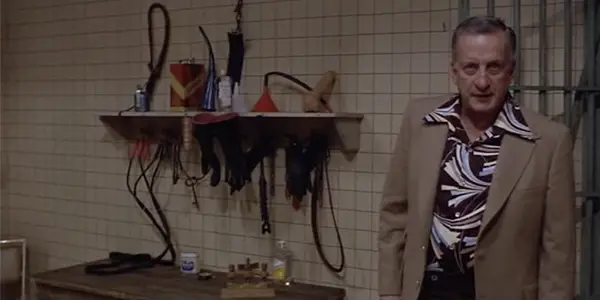
Hardcore is a great film, a sleazy neo-noir film that really revels in its sordid behaviour and atmosphere, and works as great material for George C. Scott. Hardcore is about Jack VanDorn (Scott), a strict Catholic businessman that goes hunting for his missing daughter and discovers that she has delved into the underground world of porn, which VanDorn must also slowly sink into to save his daughter.
This film is most famous now for a certain scene which has become a YouTube Meme, where early in the film VanDorn is shown a porn film in cinema and he slowly realises it involves his daughter, which leads to a chaotic meltdown to stop the film (it is usually paired with terrible things, such as the trailer for Adam Sandler’s Jack and Jill). The atmosphere Hardcore created by Schrader is trashy in the right way and whilst it kinda ends in a very ’70s action film way which seems out of place with the rest of the film, overall it is a great piece of filmmaking and one of Schrader’s most underrated works.
5. The Yakuza (1974, Sydney Pollack)
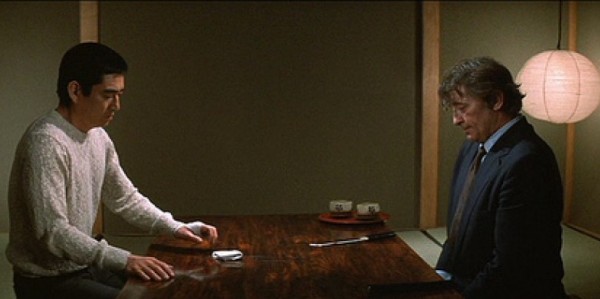
The Yakuza co-stars Robert Mitchum and Richard Jordan, who team up for this great east meets west neo-noir gangster film, a movie that is a lot deeper and darker than one would assume looking at the poster or reading the log line. Mitchum stars as Harry Kilmer, a retired detective who must go to Japan to solve a kidnapping case. Once there, he gets tangled in a past relationship with a Japanese woman he had saved during World War II, and due to local traditions he must deal with her resentful brother who technically owes a favour to Kilmer.
The visual stylisation of the film comes through the neon-soaked streets of Tokyo, giving a nice Japanese aesthetic tied with a Western noir plot. The film deals with some deep themes and does them extremely well, tying in an interesting action plot without seeming cheap or overriding its central messages. Warner Bros. paid the writers, brothers Paul and Leonard Schrader, a record sum of US$325,000.00 for their first script, which acted as Paul‘s entry into Hollywood.
The way Japanese culture is portrayed in this film is quite respectful, and you can tell Sydney Pollack has reverence for it and wanted to portray it accurately to a mainstream audience, highlighted by the juxtaposition between the morals of Mitchum’s character and Ken Takakura, the central Japanese protagonist. There’s some surprising plot twists in the film, keeping the story fresh without resorting to any cheap or lazy writing to move the plot along, culminating in a great visceral action scene which is exactly what you hope for when seeing the poster (Mitchum with his American shotgun, Takakura using his katana to save the day). Highly recommended for people who want an action film that contains intelligence, characters you actually care about, and a successful mix of American and Japanese styles.
6. Light Sleeper (1992, Paul Schrader)
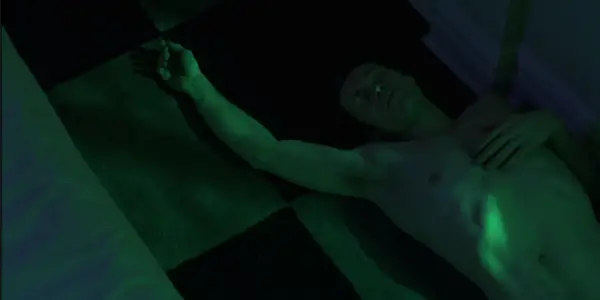
Paul Schrader’s Light Sleeper is the third and final film in his unofficial “Man And His Room” trilogy, a series of films which dealt with troubled middle aged men whose ventures into crime act as a violent expression of their internal problems. The first film in this trilogy is Scorsese’s Taxi Driver, followed by the controversial American Gigolo and ending with Light Sleeper. The film’s title came about after Schrader’s realisation that the first two films in this trilogy were named after the protagonist’s occupation, which lead to him jokingly stating that doing that meant this film would be called ‘Drug Dealer’, possibly the most generic name in history for a film. This would mark the first collaboration between actor Willem Dafoe and Schrader, who would go on to make another four films together: Affliction, Auto Focus, The Walker and Adam Resurrected.
Dafoe stars as John LeTour, a quiet drug dealer who only sells to high-end clients, such as bankers and lawyers, working for a close-knit crew run by homely couple Ann (Susan Sarandon) and Robert (David Clennon), who plan on shifting out of drugs and into the cosmetic business. Suffering from existential doubt and feeling without purpose, LeTour scours the streets at night trying to find some meaning in his life. During one of his late night travels, he has a chance encounter with Marianne (Dana Delaney), his ex-girlfriend who was once in a destructive drug-fuelled relationship with LeTour, but has since come clean and leads a relatively normal life. He becomes obsessed with reconnecting with Marianne, whose personal life is slowly falling apart due to the death of her mother and the sudden reappearance of LeTour. Whilst he is attempting to change his ways, he slowly becomes entangled in the police’s investigation of a serial killer who is murdering random women throughout the city, with LeTour as a main suspect due to his late night escapades.
Light Sleeper is a hard film to classify, as it is equal parts a neo-noir, crime, and existential character study, genre frameworks that Schrader frequently works with. The influence of French director Robert Bresson is quite apparent in this film, especially with Pickpocket, a similar story of a criminal trying to find meaning in his crime whilst undergoing an internal spiritual journey. Overall, the film is quite an effective moody crime drama that is surprisingly intimate and personal, echoing Schrader’s earlier work such as The Yakuza and Taxi Driver. It is anchored by a terrific leading performance by Willem Dafoe, who reinforces himself as one of the more reliable character actors in Hollywood still working today (who hopefully might help out the upcoming Justice League film).
7. Rolling Thunder (1977, John Flynn)
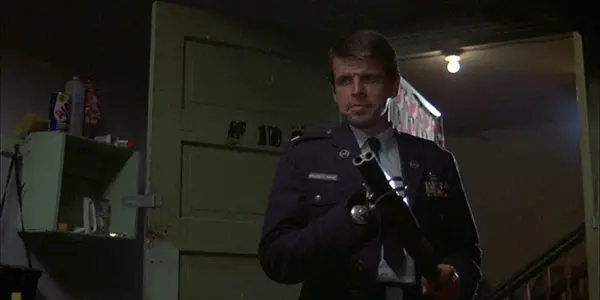
A film loved by Quentin Tarantino so much that he named his shortly-run distribution company after it, Rolling Thunder is an old school dirty revenge thriller which has much more to say than the standard B-Movie. William Devane stars as Major Charles Rane and Tommy Lee Jones as Johnny, who have just been rescued from being captured for several years in Hanoi Hilton during the Vietnam War. The film was one of Schrader’s earliest scripts to be made, around the time of Taxi Driver and De Palma’s Obsession.
Both coming back changed men, Charles is celebrated as a hero by society, but his wife and child have both moved on and don’t recognise the changed Charles Rane anymore. After being awarded a chest of silver dollars for his service, a small group of thugs attack Charles and his family, killing his wife and son and mangling his right hand. Now with nothing left in life, he sets out for revenge, replacing his mangled hand with a hook and, equipped with a sawn-off shotgun, Charles hunts down the people responsible. He is helped out by a waitress (Linda Haynes), who, after feeling sorry for the major, decides to help him exact revenge. The film ends in a shotgun-filled shootout which is a great piece of action cinema.
Whilst Rolling Thunder sounds like a typical B-Movie revenge fodder, the film has an interesting examination on the effects of war and violence on men’s psychology, and how these intense events change people directly and those around them. The film’s messages on violence and its role in society adds a depth that makes it much more elevated and justifies the more graphic scenes.
William Devane does a great job of capturing the vacant stare of Charles and his lack of ability to connect to the people around him, only being able to truly show himself through violence. Now available on Blu-ray and streaming services, Rolling Thunder is another great film by John Flynn.
Can you recommend any other films written or directed by Paul Schrader that you love?
Does content like this matter to you?
Become a Member and support film journalism. Unlock access to all of Film Inquiry`s great articles. Join a community of like-minded readers who are passionate about cinema - get access to our private members Network, give back to independent filmmakers, and more.



